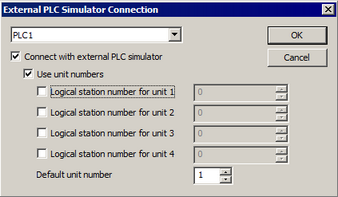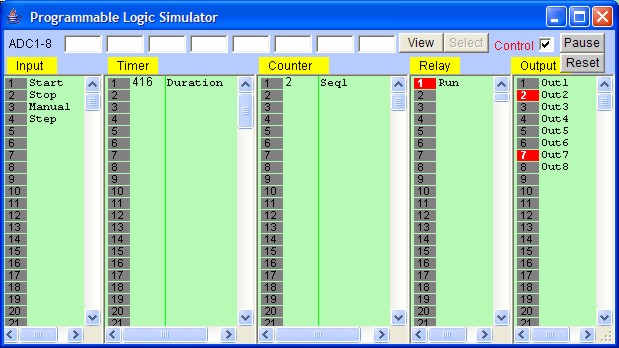

In ITU-T G.hn, one refers to a subnetwork as a “domain.” Operation and communication are organized by the domain master who communicates with various “nodes.” Similarly, the subnetwork in IEEE 1901 is referred to as the basic service set (BSS). The architectures defined by IEEE 1901 and ITU-T G.hn (G.9960/G.9961) are similar in several aspects. ITU-T G.hn (G.9960/G.9961) operates from 2 MHz up to 100 MHz using bandwidth scalability, with three distinct and interoperable bands defined as 2–25, 2–50, and 2–100 MHz. IEEE 1901 uses the band from 2 MHz up to 50 MHz with services above 30 MHz being optional. We then discuss the low-complexity profile of ITU-T G.hn together with the HomePlug Green PHY specification, which have been developed as BB PLC solutions with lower complexity and power consumption suitable for smart grid applications. In the next two subsections, we first highlight some of the features of the IEEE 1901 and ITU-T G.hn. It defines an abstraction layer for multiple home networking technologies like IEEE 1901, IEEE 802.11 (Wi-Fi), IEEE 802.3 (Ethernet), and MoCA 1.1, and it is extendable to work with other home networking technologies. Further, to cover multiple home networking media under one umbrella, IEEE 1905.1 devised a “Standard for a Convergent Digital Home Network for Heterogeneous Technologies”. The HomePlug AV2 specification includes features like MIMO with beamforming, an extended frequency range of up to 86 MHz, efficient notching, several transmit power optimization techniques, 4096-QAM, power save modes, and short delimiter and delayed acknowledgement, boosting the maximum PHY rate to around 2 Gbps. In tandem with the introduction of MIMO to ITU-T G.hn, HomePlug introduced the HomePlug AV2 specification in Jan. While IEEE 1901 Wavelet-PHY/HD-PLC is presently mainly used in the Japanese market, IEEE 1901 FFT-PHY/HomePlug AV is used in many countries around the globe, with products of the HomePlug family currently possibly being the most deployed BB PLC technology worldwide. The HomePlug serves as the certifying body for IEEE 1901 FFT-PHY compliant products, whereas the HD-PLC Alliance serves as the certifying body for IEEE 1901 Wavelet-PHY compliant products. To assure a broad industrial backing of IEEE 1901, two optional PHY technologies, namely FFT-PHY (based on HomePlug AV) and Wavelet-PHY (based on HD-PLC) were included in the standard. The official IEEE Std 1901-2010 was published in Dec. It covers access and in-home BB PLC, as well as coexistence of access/in-home and in-home/in-home networks.

Simultaneously, IEEE 1901 working group was working on the “Standard for Broadband over Power Line Networks: Medium Access Control and Physical Layer Specifications”. Additionally, the HomeGrid Forum was founded to promote the ITU-T G.hn standard and to address certification and interoperability issues. 2010, and a MIMO transceiver (see Section 16.5) extension G.9963 was consented in Sep.

The Data Link Layer (DLL) Recommendation G.9961 was approved in Jun. At the end of 2008, the PHY layer and the overall architecture were consented in ITU-T Recommendation G.9960. ITU-T G.hn is not only applicable to power lines but also to phone lines and coaxial cables, therewith for the first time defining a single standard for all major wireline communications media. Under the umbrella of ITU-T and IEEE, some of the industry specifications were consolidated in the ITU-T G.hn and IEEE 1901 standards. However, to make BB PLC systems a broad success, internationally adopted standards became essential. Related products allow data rates of around 200 Mbit/s and are not interoperable. 2010), and the High Definition Power Line Communications (HD-PLC) Alliance. The chips are mainly based on three consortia-backed specifications developed within the frameworks of the HomePlug Powerline Alliance (HomePlug), the Universal Powerline Association (UPA suspended activities in Nov. In the last decade, BB PLC chips by semiconductor vendors, such as Intellon, 2 DS2, 3 Gigle, 4 and Panasonic, came to market that operate in the band from around 2 to 86 MHz and, in some cases, optionally up to 300 MHz. Berger, in Academic Press Library in Mobile and Wireless Communications, 2016 16.2.3 Broadband PLC


 0 kommentar(er)
0 kommentar(er)
